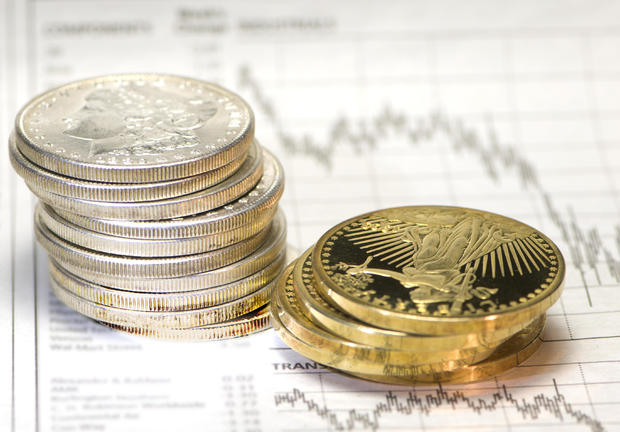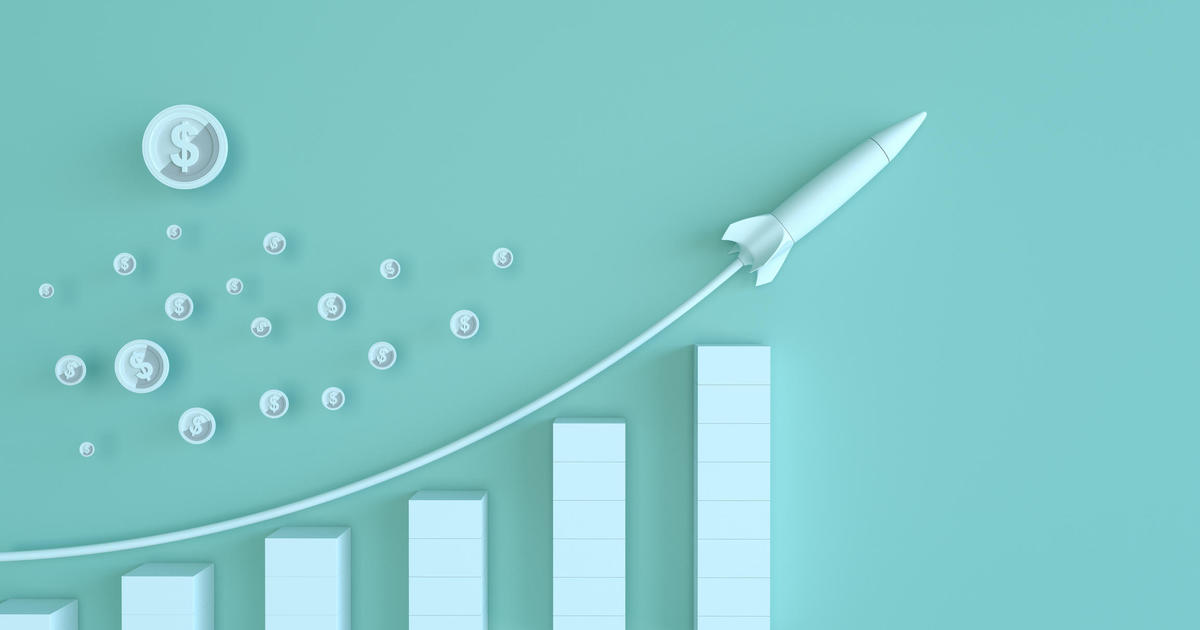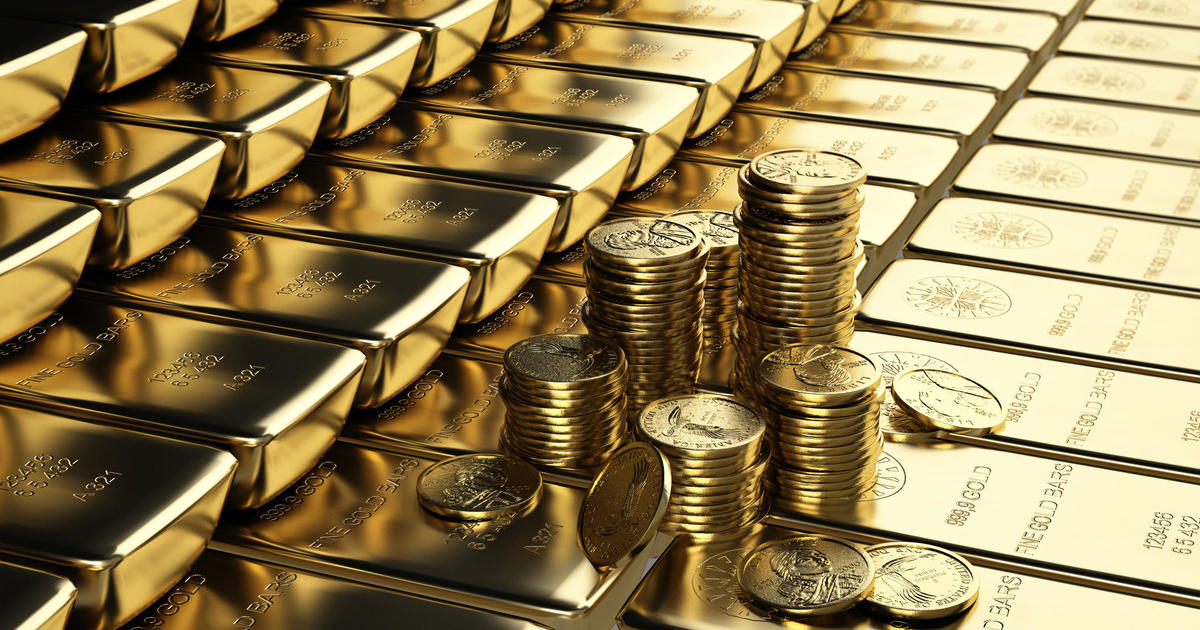Gold and silver investing pros and cons to know
When purchasing power declines, stocks underperform or another event triggers financial uncertainty, the demand for gold and silver tends to increase. Both precious metals have long been seen as safe-haven assets and reliable stores of value. But should you invest in one or both? Below, we'll break down the key pros and cons of both metals that potential investors should consider.
If you think you could benefit from investing in gold then start by requesting a free investors kit to learn more.
Gold and silver investing pros and cons to know
Before you get started investing in precious metals make sure to take the following pros and cons into account.
Gold investing pros
What are the key reasons to invest in gold?
- Various investing options: There's no shortage of gold investing options. You can buy physical gold (coins, bullion, or jewelry), gold ETFs, gold IRAs, stock in gold mining companies and more.
- Reliable store of value: Gold has maintained its value over a long period and is considered a reliable store of value. You may be able to purchase, hold and then exchange it at a later time for an equal or greater amount.
- Diversify your investment portfolio: The price of gold tends to increase when other asset classes like stocks and bonds decrease. As a result, investing part of your portfolio in gold can help to diversify your risk.
- Hedge against inflation: The price of gold also tends to increase during inflationary periods, so it can act as a hedge when purchasing power is decreasing.
Gold investing cons
Now for a look at the reasons you may want to hold off on investing in gold.
- Opportunity cost: Gold and real interest rates have a strong inverse relationship. If you invest in gold during a period when real interest rates are up, you can miss out on higher returns from other assets, such as bonds.
- Prices can drop or stagnate: While the price of gold has historically trended upward, it has had ups, downs, and plateaus — and has been more volatile over the past decade. For example, if you bought gold in October 2012 before the price plummeted, you would've suffered a loss unless you'd held onto it until August 2020 when the price rebounded.
- Doesn't generate cash flow or dividends: While you can earn returns on gold investments due to price increases, it doesn't pay dividends or interest and doesn't generate cash flow.
- Physical gold requires storage and security: If you opt to buy physical gold, you'll incur transportation, storage and security costs.
So, when should you invest in gold?
"Invest in gold when the economy is uncertain or expected inflation is high," says Danny Ray, the founder of PinnacleQuote Life Insurance Specialists and previous fund manager. He adds, "Avoid it when the economy is strong and other investments are likely to outperform gold."
Learn more about your gold investing options by requesting a free information kit here.
Silver investing pros
Here are four main pros of investing in silver:
- Various investing options: If you want to invest in silver, you'll have many options. You can buy physical silver, stock in silver mining companies, silver ETFs and silver IRAs — just to name a few.
- Affordable: Silver is much more affordable than gold, making it more accessible for investors with smaller investment portfolios. The silver price is currently sitting at about $23.50 per oz. while gold is at about $1,950 per oz.
- More earning potential: Silver prices have a history of being more volatile than gold prices. With the increased risk comes an opportunity for a greater reward.
- Linked to industrial demand: Unlike gold, silver has many industrial uses which means its price is impacted by industrial demand. As a result, its value can increase when the value of other precious metals is decreasing.
Silver investing cons
Lastly, here's a look at the downsides of silver.
- Higher risk: While silver offers the potential for higher returns, its price volatility also presents a greater risk for losses.
- Linked to industrial demand: A lack in silver's industrial demand can work against silver investors. Silver can decrease in value when the values of other precious metals are increasing.
- Not income-generating: Like gold, silver doesn't generate income for investors as other assets do through dividends, interest or cash flow.
- Physical silver requires storage and security: If you opt for physical silver, you'll again have to cover the costs to transport, store and secure it.
When should you invest in silver?
"Invest in silver during periods of economic growth (industrial demand) or downturns (store of value)," says Ray, "Avoid it when the economy is expected to slow significantly or if you prefer less volatile investments."
Explore your precious metal investment options by with a free investment guide.
The bottom line
While these are commonly-cited pros and cons of investing in gold and silver, it's important to note that there are no guarantees. Whether or not either precious metal is a good investment for your situation will depend on various factors like the amount you invest, the current prices, your risk tolerance, current events and your investment timeline. If you have any questions, a financial advisor can help to further explain the potential risks and benefits.




